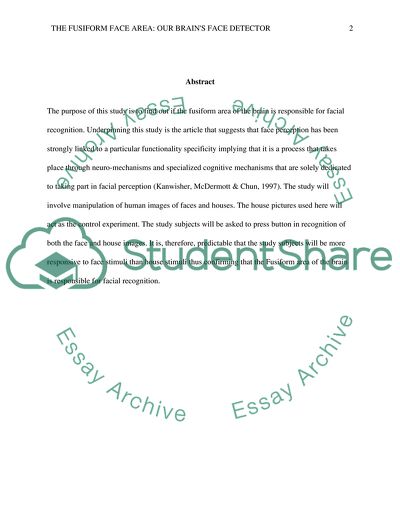Cite this document
(“The fusiform face area: our brain's face detector Research Proposal”, n.d.)
The fusiform face area: our brain's face detector Research Proposal. Retrieved from https://studentshare.org/psychology/1691944-the-fusiform-face-area-our-brains-face-detector
The fusiform face area: our brain's face detector Research Proposal. Retrieved from https://studentshare.org/psychology/1691944-the-fusiform-face-area-our-brains-face-detector
(The Fusiform Face Area: Our brain'S Face Detector Research Proposal)
The Fusiform Face Area: Our brain'S Face Detector Research Proposal. https://studentshare.org/psychology/1691944-the-fusiform-face-area-our-brains-face-detector.
The Fusiform Face Area: Our brain'S Face Detector Research Proposal. https://studentshare.org/psychology/1691944-the-fusiform-face-area-our-brains-face-detector.
“The Fusiform Face Area: Our brain'S Face Detector Research Proposal”, n.d. https://studentshare.org/psychology/1691944-the-fusiform-face-area-our-brains-face-detector.


